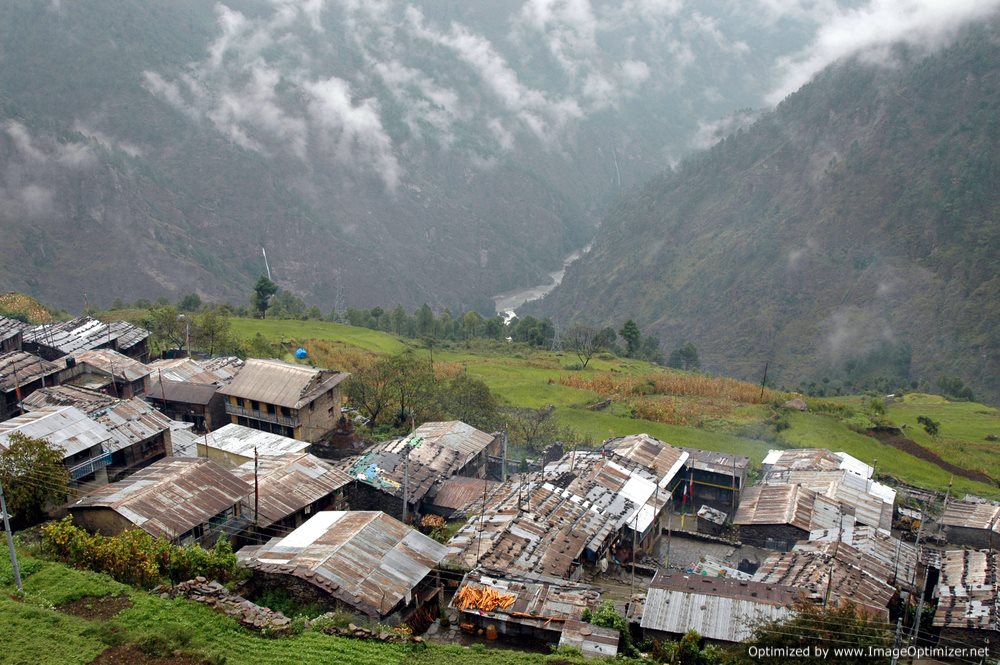
Third world debt is a term used to describe the amount of debt that developing countries owe to international financial institutions such as the World Bank and International Monetary Fund (IMF). For decades, these developing countries have been borrowing from these institutions in order to finance development projects, infrastructure programs, and other socio-economic advancements.
While these loans were initially meant to assist these countries, over time, they have become a source of hardship and economic stagnation, leading to the accumulation of unsustainable levels of debt. This article seeks to provide an in-depth guide to third world debt, identifying the causes, effects, and possible solutions to the issue.
The History of Third World Debt
The history of third world debt dates back to the 1950s and 1960s during the post-World War II period. After the war, a lot of countries found themselves in need of rebuilding their economies, and as such, borrowed funds from industrialized nations like America, Germany, Britain, and France. These countries were offered loans with low-interest rates, sometimes up to 50-year terms in order to give them sufficient time to pay back the debt.
However, as more and more developing countries started borrowing, the terms of these loans became increasingly stringent. This led to many countries taking out further loans to repay the existing ones since the interest and the principal became so high that repayment was almost impossible. Coupled with this, the changing global economic environment squeezed these countries even further, leading to a cycle of borrowing that was impossible to get out. This process led to the accumulation of unsustainable levels of third world debt which continues to this day.
Causes of Third World Debt
There are several causes of third world debt, the most evident being the aforementioned terms of the initial loans. These terms determined that loans would be given in the form of structural adjustment programs (SAPs) which aimed at reducing government spending, liberalizing trade policies and privatizing assets. These policies, by design, were meant to increase revenue for debt repayment and economic development. However, they had the opposite effect of crippling the economies of these countries, making it impossible to repay the debt and even harder to grow their economies.
Aside from the terms of the initial loans, other causes of third world debt include:
Unequal world trading system – Developing countries are often forced to produce raw materials for export, while industrialized nations manufacture finished products, leading to an unequal trading system.
Political instability – Political instability is a common problem in developing countries. Instability hinders economic development and increases the risk of loan defaults.
Corruption – Corruption eats into the resources that countries could be using to pay down debt, impacting negatively on the economy.
Effects of Third World Debt
The effects of third world debt are severe and long-lasting. Some of the key effects of third world debt include:
Economic stagnation – Countries that are burdened with debt are less likely to invest in research, development or infrastructure because of their precarious position, leading to economic stagnation and a continued dependence on borrowing.
Social effects – Debt has far-reaching social costs, impacting health care, education and access to infrastructure. The burden of debt is borne by the citizens of developing countries who have limited access to basic services.
Political instability – Unstable economies, poverty and inadequate infrastructure create an environment that can lead to political instability and conflict.
Solution to Third World Debt
The solution to third world debt is complex and requires different approaches by different stakeholders. However, here are some of the solutions that have been suggested;
1. Debt cancellation – Many have called for the complete cancellation of third world debt, especially since debt servicing diverts resources from social and economic programs.
2. Debt reduction or restructuring – This option allows the government of developing countries to have more reasonable repayment terms.
3. Fair trade policies – A fair trade system would enable developing countries to receive a fair price for their exports, leading to better economic development and progress.
4. Transparency – increased transparency would reduce corruption and encourage the responsible usage of loans.
Conclusion
Third world debt is a burden that many developing countries face, slowing down economic growth and hindering social progress. While several solutions have been suggested, such as debt cancellation, debt restructuring, fair trade policies and increased transparency, it’s important for the international community to take note of the causes of third world debt in order to prevent recurrence.
Developing countries need to build sustainable economies that are less dependent on borrowing and prioritize investments in research and infrastructure if they are to break free from the cycle of debt. Over and above all, the burden of third world debt should be shared by all stakeholders involved, from international financial institutions to developing country governments. Only when all parties understand and enact creative and sustainable solutions, will third world debt cease to be a problem facing developing countries.




















